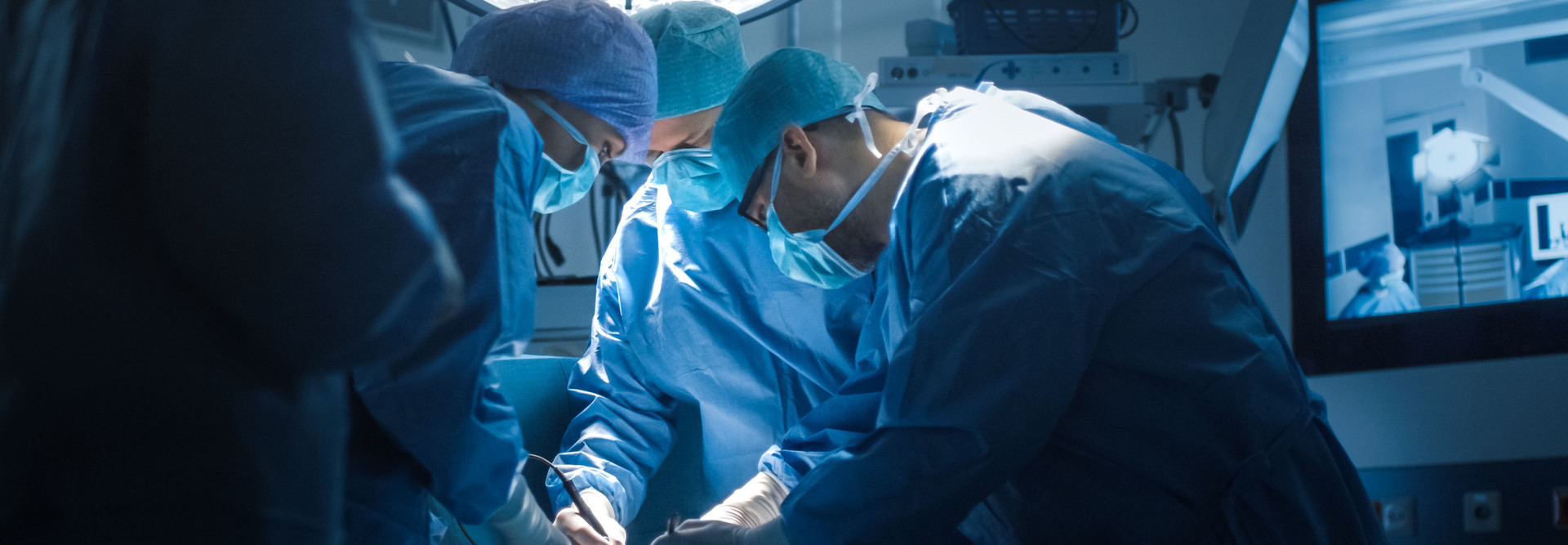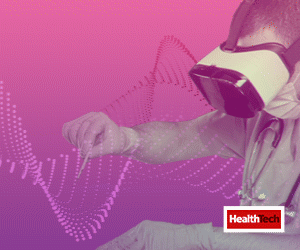Surgeons Receive Better Training with a Deeper Understanding
An apparent dominating use of VR for healthcare training is in surgery, where the technology is being introduced to improve surgical skills. This is especially true for laparoscopic and robotic surgery, where it’s unnecessary for the technology to simulate exactly what it’s like to work with fingers on skin, says Vigilante.
“Even though it may not feel like it’s supposed to feel, it’s close enough to have a positive impact on training and to reduce errors,” he says.
VR is also being used to choreograph complicated surgeries, Vigilante adds, such as separating conjoined twins, where movements must be planned across a complex team.
It is also helping doctors learn how to be more empathetic. For instance, Embodied Labs, an immersive training company for healthcare professionals, has created a VR platform specifically to train caregivers who work with older adults.
In a study with second-year medical students, Embodied Labs found that its platform led to an average of 30 percent more students reporting they had a better understanding of the perspective of an aging patient. The company also discovered that the simulation of embodying an older adult led to a 9.5 percent increase in students reporting they were interested in a geriatric specialty, which is critical as the country faces a shortage of doctors in this field.
DISCOVER: How augmented reality is improving patient care.
Surgical Skills Are Tested via Technology
During a surgical residency interview, pediatric surgeon Dr. Justin Barad was asked to play the electronic board game “Operation” to demonstrate his potential skills as a surgeon. According to The Washington Post, this was the only time Barad was administered a technical assessment.
Due to the unpredictable and hands-on nature of surgery, “there’s really no checkpoint for the quality of someone’s operating skill,” says Barad, co-founder and CEO of VR surgical training program Osso VR. Today, however, he explains that connected VR headsets can be used to radically change how surgeons are both trained and assessed.
The technology is being introduced as a method for reviewing residents before they are allowed to perform actual surgery, as well as to make sure that a surgeon’s skills haven’t deteriorated over time.
The immersive tech also gives students the opportunity to practice their skills wherever they are, considering they have a headset with them. Barad explains that this is a far better approach to learning than practicing on cadavers and hoping that, once students get into an operating room, what they learned in their classes and books will be enough.
That’s showing to be true so far: In a study conducted with the David Geffen School of Medicine at the University of California, Los Angeles, researchers found a 230 percent improvement in participants’ overall surgical performance when prepared with virtual reality training.
While most surgical training for healthcare organizations still relies heavily on learning through observation, this type of technology is proving to be disruptive. It shows increasing promise to improve both care delivery and patient outcomes.











